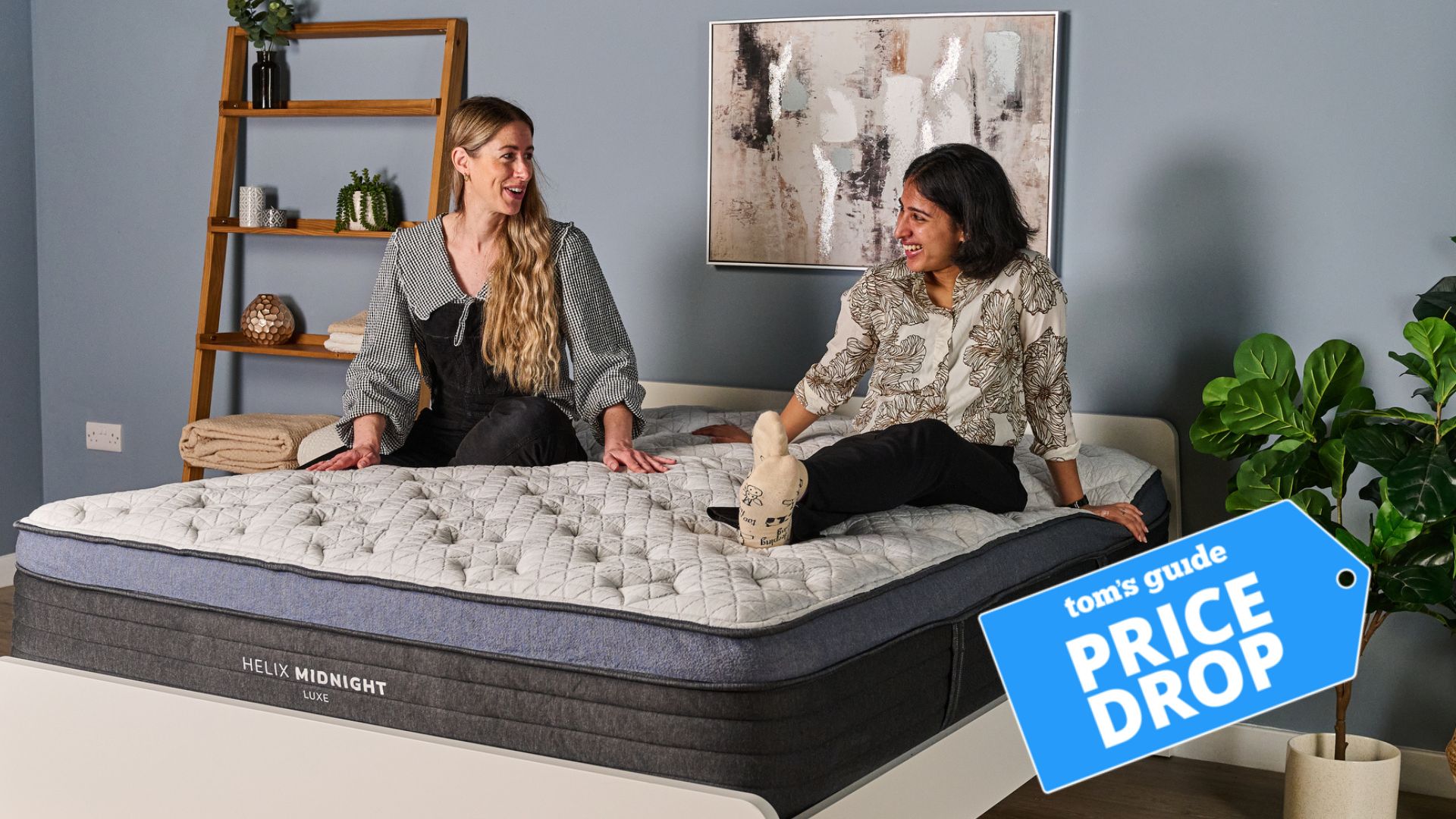7 air purifier tips to get cleaner air at home
Get more from your air purifier with these simple steps

If you've invested in an air purifier but aren't seeing the results you expected, you're not alone. Even the best air purifiers can underperform when used incorrectly. You might notice your room is still dusty despite running your purifier constantly, or wonder why allergens seem just as bothersome as before.
Getting cleaner air isn't just about buying a quality device — it's about avoiding the common mistakes most people make with placement, settings, and maintenance. Simple factors like where you position your unit and how often you change filters can make or break your air purifier's effectiveness.
Fortunately, a few smart adjustments can transform your air purifier from an expensive dust collector into an ally against allergens, odors, and pollutants. Here's seven air purifier tips to get cleaner air at home.
1. Position your air purifier in the right spot
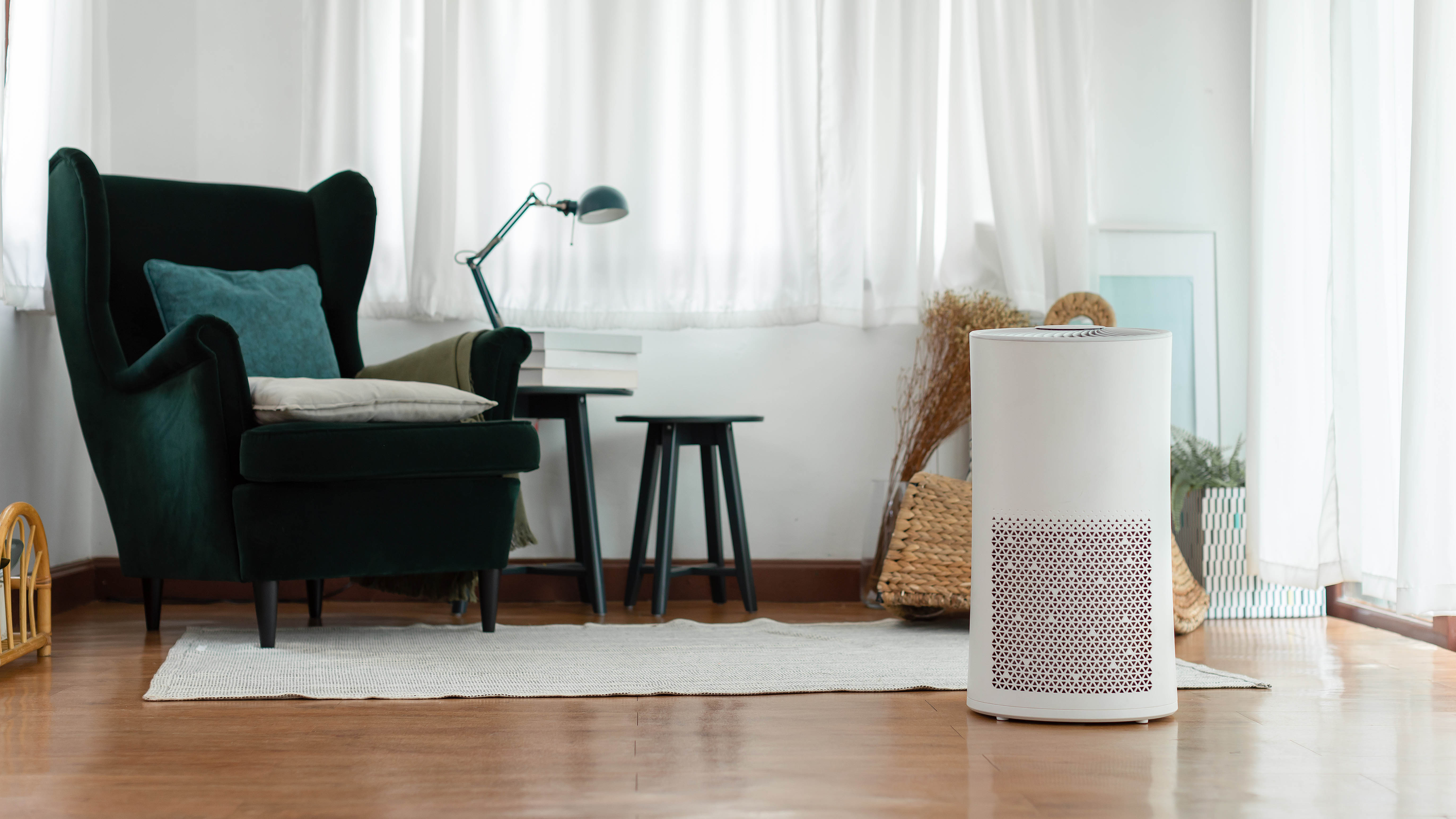
The location of your air purifier can make or break its effectiveness. Place it on a stable surface with plenty of clearance from walls, furniture, and other obstructions.
Air purifiers work best when air can circulate freely around them, so avoid tucking yours into corners or placing it too close to walls. The ideal spot is in the center of the room where you spend the most time, whether that's your living room during the day or bedroom at night.
Since most modern air purifiers are portable, don't be afraid to move yours around to different rooms throughout the day.
2. Run your air purifier continuously

Many people make the mistake of only running their air purifier when they notice poor air quality, but this reactive approach isn't very effective. Air purifiers work best when they run consistently to maintain clean air rather than playing catch-up.
Air purifiers are extremely energy-efficient, so leaving yours running 24/7 won't significantly impact your electricity bill. Think of it like your refrigerator — it needs to run constantly to do its job properly.
3. Use auto mode for optimal performance

If you're unsure about which settings to use, let your air purifier do the thinking for you by turning on auto mode. This specific mode uses built-in sensors to detect air quality and automatically adjusts fan speed accordingly.
When air quality is good, it runs quietly in the background. When it detects pollutants, smoke, or allergens, it kicks into high gear. This ensures optimal cleaning without you having to constantly monitor and adjust settings manually.
4. Replace filters on schedule
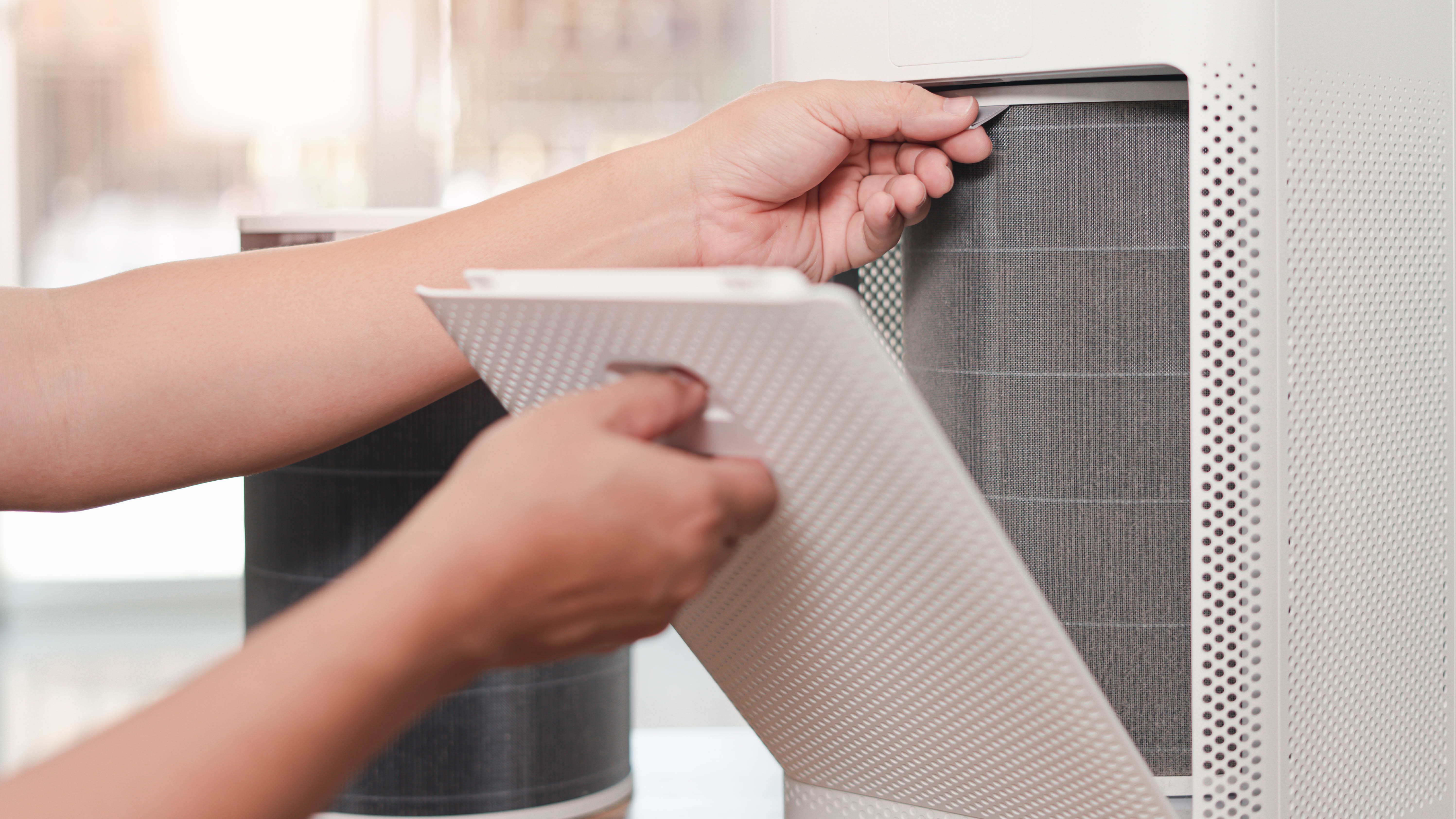
Your air purifier is only as good as its filter, so staying on top of replacements is crucial.
Most HEPA filters need replacing every 6-12 months, depending on usage and air quality in your home.
Some high-end electrostatic filters can last up to 10 years, but check your manual for specific guidance. Set a calendar reminder or to make life even easier, write the replacement date on the filter itself.
5. Clean your unit regularly

Dust and debris can accumulate on your air purifier's exterior and intake vents, reducing its efficiency.
Wipe down the outside with a damp microfiber cloth weekly, and use a vacuum with a brush attachment to clean the intake and exhaust grilles monthly. This simple maintenance keeps air flowing freely and prevents your unit from working harder than necessary.
Always unplug the unit before cleaning and never use harsh chemicals or submerge any parts in water.
6. Use quiet mode for nighttime operation
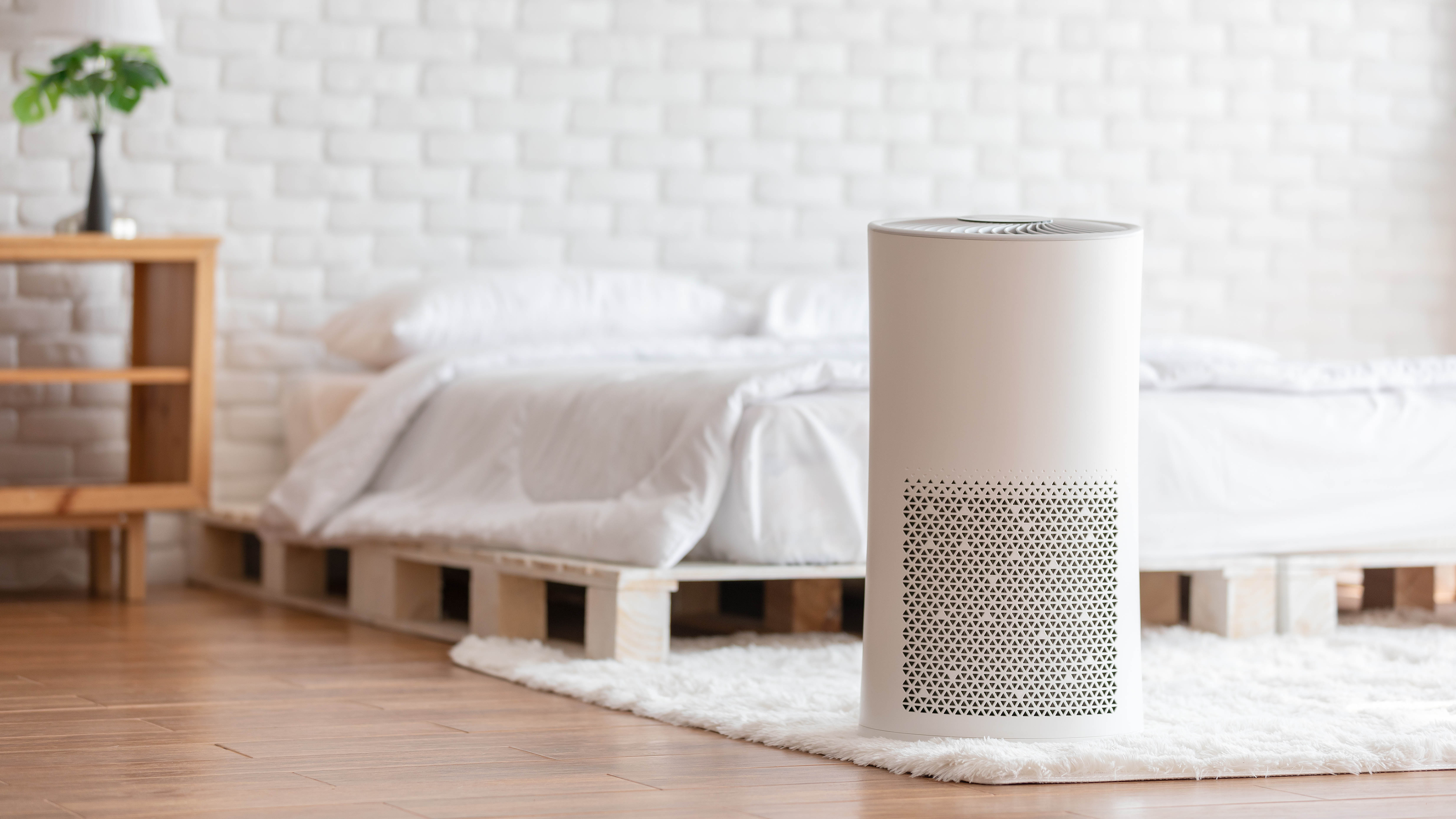
Don't let noise concerns stop you from running your air purifier overnight. Many newer air purifiers feature a quiet or sleep mode that reduces fan speed and noise levels while still providing continuous air cleaning.
This is especially important in bedrooms, where you'll benefit from cleaner air during the 6-8 hours you're sleeping. Even light sleepers will typically find these quiet modes unobtrusive, and the improved air quality often leads to better sleep.
7. Pair with other air-cleaning methods
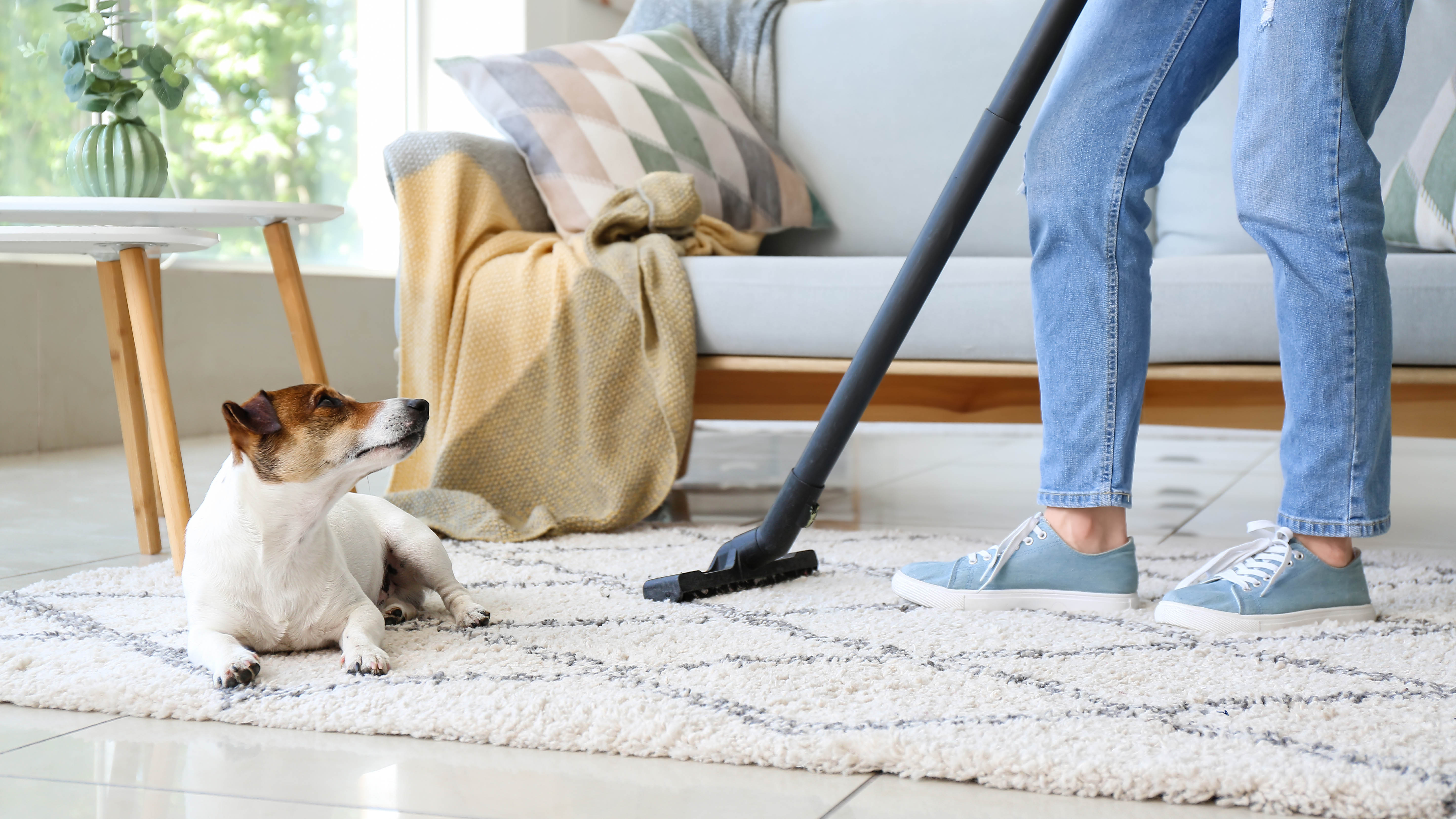
While air purifiers are highly effective, they work best as part of a comprehensive approach to indoor air quality. Open windows when outdoor air quality is good to bring in fresh air and reduce indoor pollutant buildup.
Vacuum regularly with a HEPA-filtered vacuum, dust surfaces weekly, and consider adding air-purifying plants like spider plants or aloes to give your air purifying efforts an extra boost.
Now you've learned 7 air purifier tips to get cleaner air home, why not take a look at our other useful guides?
We have 5 things I wish I knew before buying an air purifier and what size air purifier do you need? We ask the experts.
And if you're torn between buying a new air purifier or investing in a humidifier, we've got you covered.
Get instant access to breaking news, the hottest reviews, great deals and helpful tips.
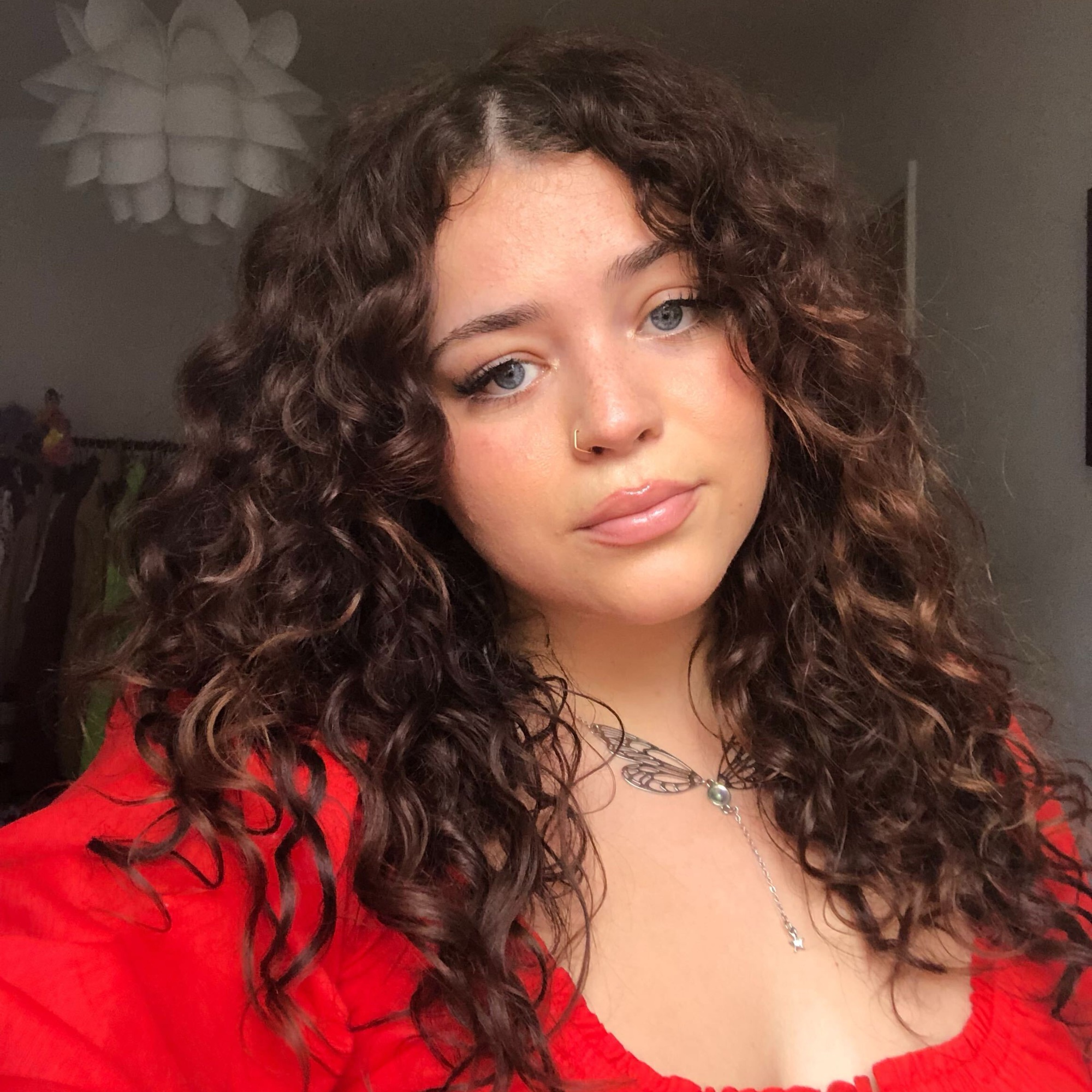
Kaycee is Tom's Guide's How-To Editor, known for tutorials that skip the fluff and get straight to what works. She writes across AI, homes, phones, and everything in between — because life doesn't stick to categories and neither should good advice. With years of experience in tech and content creation, she's built her reputation on turning complicated subjects into straightforward solutions. Kaycee is also an award-winning poet and co-editor at Fox and Star Books. Her debut collection is published by Bloodaxe, with a second book in the works.
You must confirm your public display name before commenting
Please logout and then login again, you will then be prompted to enter your display name.
